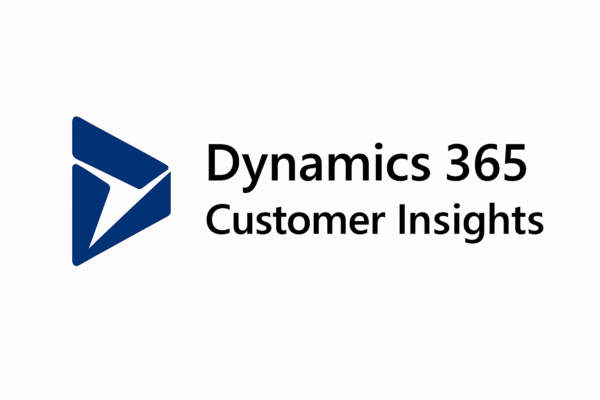Power BI Best Practices for Enterprise Reporting
In today’s data-driven world, enterprise decision-making depends on accurate, timely, and visually clear insights. Microsoft Power BI has emerged as one of the most powerful business intelligence (BI) tools for organizations looking to transform raw data into actionable strategies.
However, simply deploying Power BI is not enough. To fully unlock its potential, enterprises must follow best practices that ensure scalability, reliability, and user adoption.
In this guide, we’ll explore proven Power BI best practices for enterprises—covering everything from data modeling to governance.
1. Start with Clear Reporting Objectives
Before designing dashboards, define:
-
Who will use the reports (executives, managers, analysts)
-
What decisions they need to make from the data
-
Which KPIs and metrics truly matter
This clarity avoids clutter, prevents irrelevant visuals, and ensures every report aligns with business goals.
Example: A manufacturing enterprise may focus on OEE (Overall Equipment Effectiveness), downtime trends, and defect rates—while retail may prioritize sales conversion, stock turnover, and regional performance.
2. Design a Robust Data Model
A solid data model is the foundation of reliable reports. Best practices include:
-
Using a Star Schema for better performance and maintainability
-
Keeping calculated columns and measures in the model, not in visuals
-
Reducing cardinality (unique values) to improve performance
-
Creating clear relationships between tables
A well-structured model ensures faster load times and easier scalability.
3. Standardize Data Sources and Naming Conventions
Consistency is key in enterprise reporting. Use:
-
Standard naming for tables, columns, and measures (e.g.,
Sales_Amount,Customer_ID) -
Centralized data connections (prefer Dataflows or Shared Datasets) to avoid duplication
-
Scheduled refreshes at non-peak hours to optimize system performance
4. Keep Dashboards Simple and Action-Oriented
Power BI offers endless visualization options, but less is more.
-
Limit the number of visuals per page (ideally 6–8)
-
Use consistent colors for categories to improve readability
-
Provide clear filters, slicers, and drill-throughs for deeper analysis
-
Focus on trends, comparisons, and exceptions rather than raw data dumps
5. Optimize for Performance
Enterprises often work with millions of rows of data, so performance tuning is essential:
-
Use Import Mode for faster performance over DirectQuery when possible
-
Aggregate data at the source instead of loading detailed transaction-level data unnecessarily
-
Remove unused columns and tables from your dataset
-
Use performance analyzer to identify slow visuals
6. Ensure Data Governance and Security
Power BI in an enterprise setting must align with compliance and security requirements:
-
Implement Row-Level Security (RLS) to restrict sensitive data
-
Use Azure Active Directory for user authentication
-
Maintain version control for Power BI reports and datasets
-
Define clear governance policies for dataset ownership and refresh schedules
7. Integrate with Microsoft Ecosystem
Power BI’s real power shines when integrated with other Microsoft tools:
-
Dynamics 365 – to visualize ERP and CRM data in real time
-
Microsoft Teams – to share reports directly in team channels
-
Excel – to enable advanced ad-hoc analysis
-
Azure Synapse Analytics – for large-scale data warehousing
Zerone HiTech helps organizations seamlessly integrate Power BI into their Microsoft stack, ensuring real-time enterprise insights.
8. Train Users and Encourage Adoption
Even the most well-built dashboard is useless if people don’t use it.
-
Conduct regular training workshops
-
Provide a report catalog with descriptions of available dashboards
-
Gather feedback from end-users to improve usability
9. Monitor, Maintain, and Evolve
Enterprise reporting is not a one-time project.
-
Set up usage metrics in Power BI to track adoption
-
Continuously refine dashboards based on business needs
-
Stay updated with Microsoft’s monthly Power BI feature releases
Conclusion
Power BI is more than a visualization tool—it’s an enterprise-wide decision-making platform. By following these best practices, organizations can ensure their reports are accurate, fast, secure, and impactful.
At Zerone HiTech, we specialize in Microsoft Power BI consulting, implementation, and enterprise reporting strategies. Whether you need to migrate legacy reports, integrate with Dynamics 365, or set up governance frameworks, our experts can help you transform your data into a strategic advantage.
Ready to elevate your reporting with Power BI?
Contact us today to learn how we can help your enterprise build a data-driven future.




